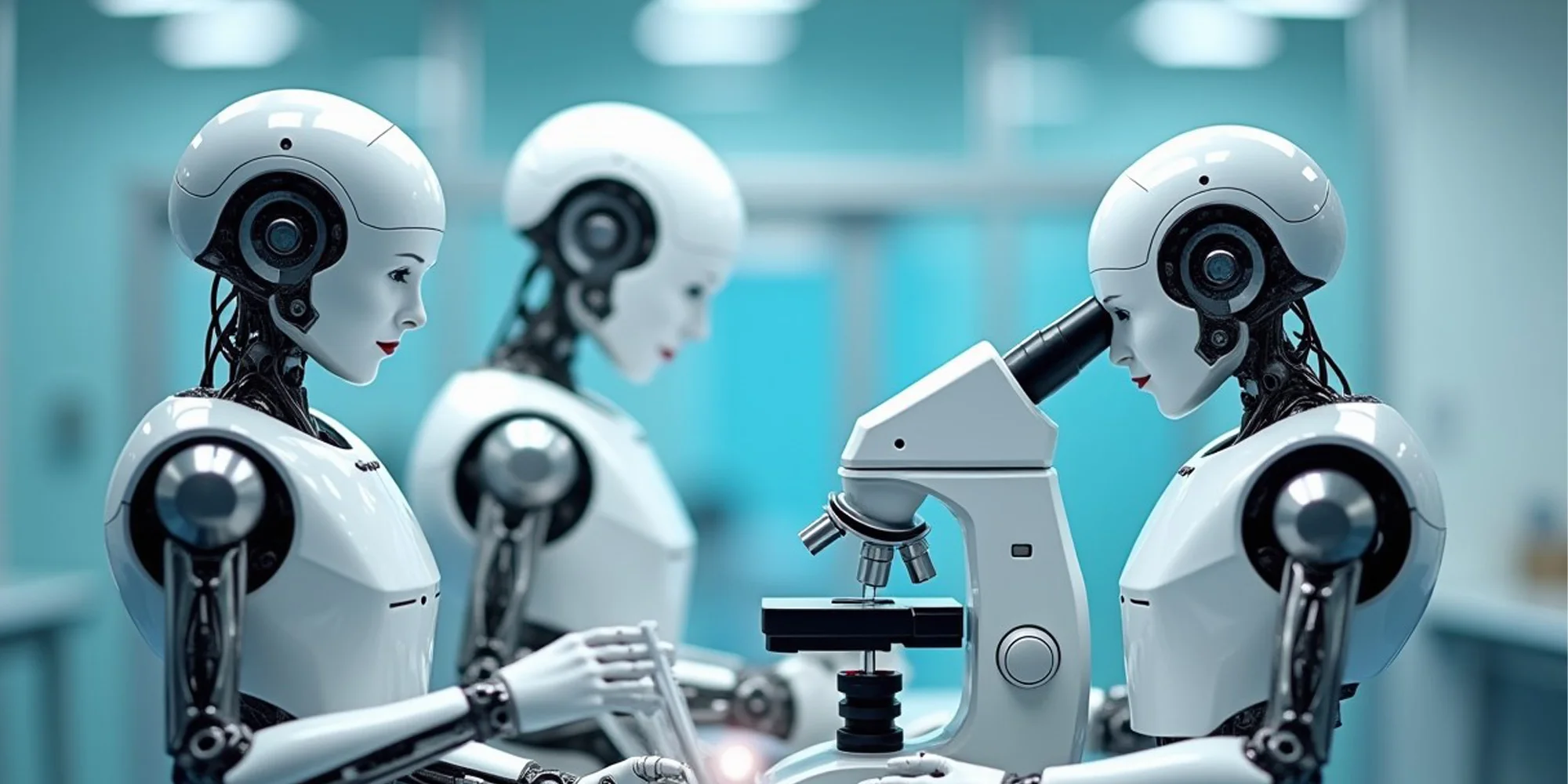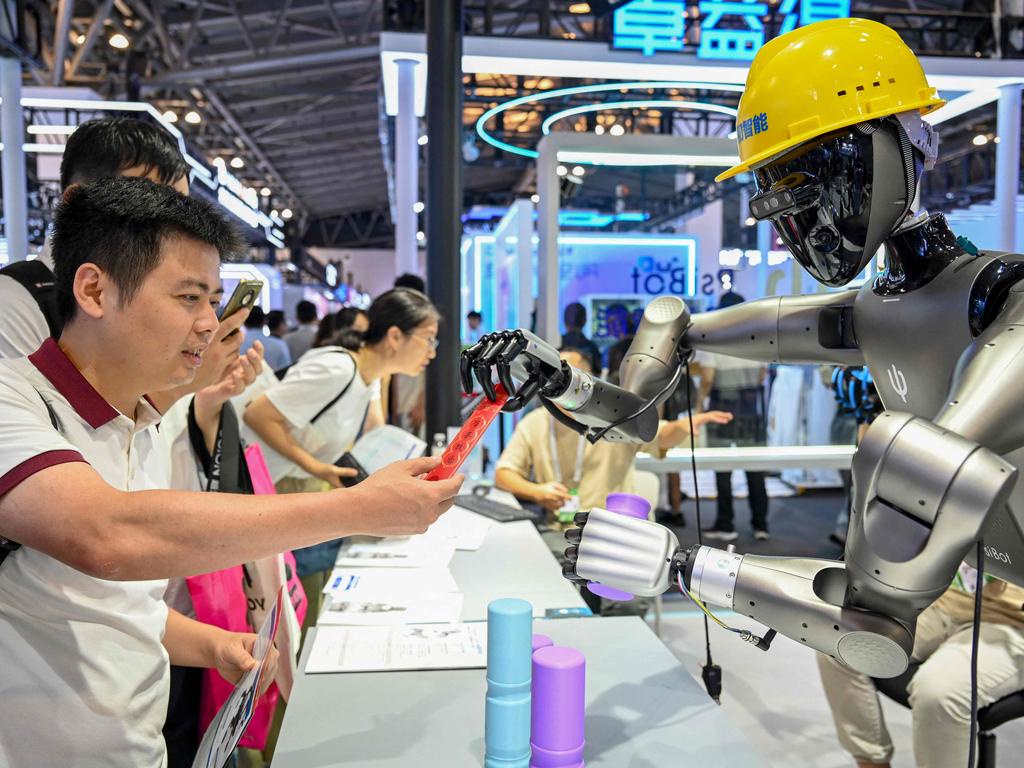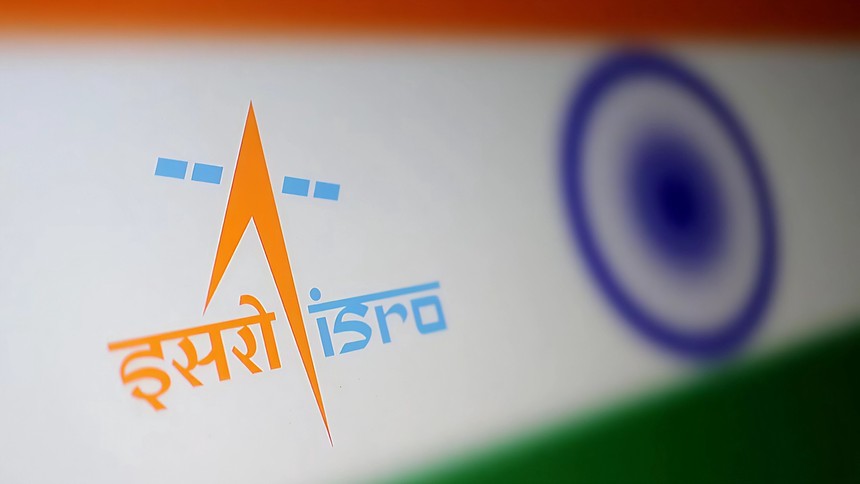China’s ambition to lead the world in artificial intelligence was on full display at the World AI Conference in Shanghai. From boxing bots to drum-playing androids and vending machines with arms, the event turned into a live showcase of the country’s technological imagination. These humanoid robots were not just futuristic performers but living proof of China’s rapid AI evolution and its desire to outpace global competitors.

Premier Li Qiang opened the conference by announcing a new initiative for global AI governance, highlighting that innovation must be balanced with responsibility. But just next door, excitement overtook concern. Crowds gathered as robots danced to Queen, played curling with human guests, and wobbled their way through serving soft drinks. Even with a few mechanical stutters, the leap in their performance from previous years was hard to ignore.
Among the most talked-about exhibits was Unitree’s G1 android. Compact and agile, it kicked and shadowboxed around a ring, holding its balance with surprising poise. The company also teased the launch of its full-sized humanoid, the R1, which is expected to hit the market for under six thousand dollars.
China’s push in robotics is not just about mechanical beings. Companies like Baidu unveiled new “digital humans” at the event, capable of talking, making decisions, and even hosting livestreams. These AI agents, modeled after real people, recently outperformed their human counterparts in e-commerce sales. Over ten thousand businesses have already adopted the tech, signaling how quickly digital humans are gaining ground.
Despite rising concerns globally about AI and job security, many exhibitors and visitors remained upbeat. Representatives from Transwarp and other Chinese AI firms emphasized that AI is not meant to replace people but to enhance efficiency and create room for better innovation. From realistic avatars chatting from screens to virtual warriors waving and greeting guests, the expo blurred the lines between tech showcase and sci-fi theatre.
As the US and China compete for AI supremacy, events like this are becoming more than just trade shows. They are a window into how nations envision their digital future. And in China’s case, it looks like that future might just include a humanoid bartender who can beat you at mahjong.
For more updates on global AI trends and cutting-edge tech, follow Tech Moves on Instagram and Facebook.















